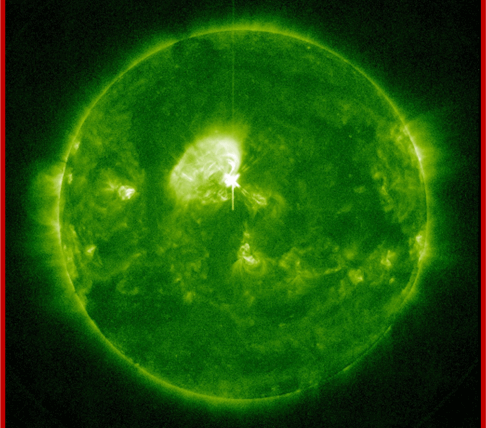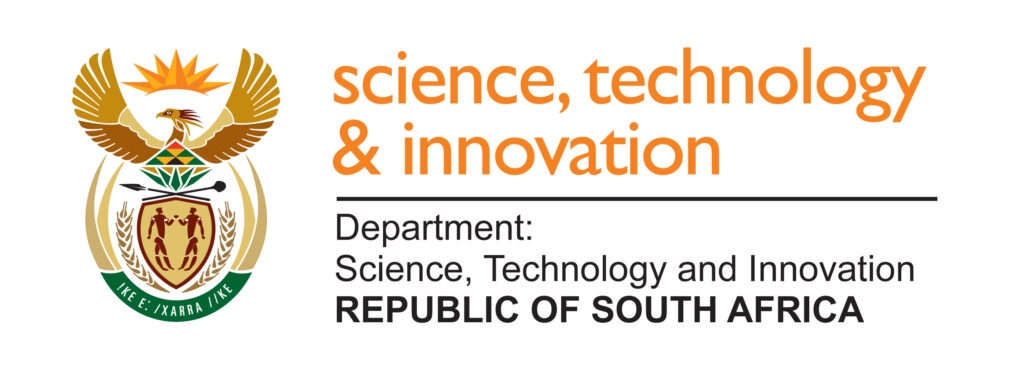
June 2, 2025
A powerful geomagnetic storm swept across Earth’s magnetic field over the past 24 hours, triggered by the impact of a coronal mass ejection (CME) in combination with an intense solar wind from a large coronal hole.
Coronal Hole 52 — a particularly large coronal hole — unleashed a high-speed stream (HSS) of solar wind and caused minor to moderate geomagnetic storm conditions since 29 May. Although geomagnetic conditions appeared to be recovering on 31 May, the solar wind speeds were still at strong levels, reaching 700 km/s. A fast CME associated with a strong M8.1 solar flare on 30 May reached Earth on Sunday 1 June, compounding the effects of the high-speed solar wind, increasing geomagnetic activity to G4 (severe) storm levels, with Kp values peaking at 8 and Hermanus registering a local K-index of 7. The impact of this CME further increased solar winds up to a speed of 1000km per second.
The storm began in the early hours of Sunday morning and persisted through the night. By 11:30 South African local time this morning (Monday, 2 June), the storm had subsided to G2 (moderate) levels, but geomagnetic activity remains elevated and is expected to continue at G1 (minor) to G2 (moderate) levels throughout the day.
A CME from 31 May is also expected to arrive later today, although its impact may be masked by the elevated solar wind.
Space weather storms can trigger the Northern Lights, or aurora borealis, and the Southern Lights, or aurora australis. The Southern Lights are rarely seen over South Africa, but did make an appearance during two major storms in 2024. No sightings of aurora over South Africa were reported to SANSA after yesterday’s G4 storm.
Technology Impacts
Possible impacts of a G4 severe storm include disruptions to high-frequency (HF) radio communications and global navigation satellite systems (GNSS), which are sensitive to geomagnetic disturbances.
Forecast and Outlook
The coronal hole that caused the initial HSS is now rotating away from Earth, and the solar wind speed has decreased to approximately 700 km/s. SANSA anticipates further G1 (minor) to G2 (moderate) geomagnetic activity in the near term, particularly if the incoming CME today (2 June) arrives as forecast.
Geomagnetic Storm Classifications (G-scale)
The G-scale, used by space weather centres globally, categorises geomagnetic storms based on their intensity and potential impact. It ranges from G1 (minor), G2 (moderate), G3 (strong), G4 (severe) and G5 (extreme).
Kp Index (Planetary K-index)
The Kp index is a global measure of geomagnetic activity compiled from magnetometer data from around the world. It quantifies disturbances in the Earth’s magnetic field over a 3-hour period and ranges from 0 (very quiet) to 9 (extremely disturbed). A localised K-index is measured from Hermanus where the SANSA Space Weather Centre is located.

Image 1: The Kp index reflecting the latest storm conditions.
SANSA Space Weather Centre
The South African National Space Agency has been monitoring space weather since 2010 from its facility in Hermanus Western Cape, and expanded to an operational, 24/7 capability in 2022. The Space Weather Centre provides crucial monitoring and forecasting capabilities backed by space science research for the African region. It was accredited by the International Civil Aviation Organisation (ICAO) as a regional provider of space weather information to the aviation industry.
Visit https://spaceweather.sansa.org.za/ for more space weather updates and follow the SANSA Space Weather on X: @SpaceweatherSA


